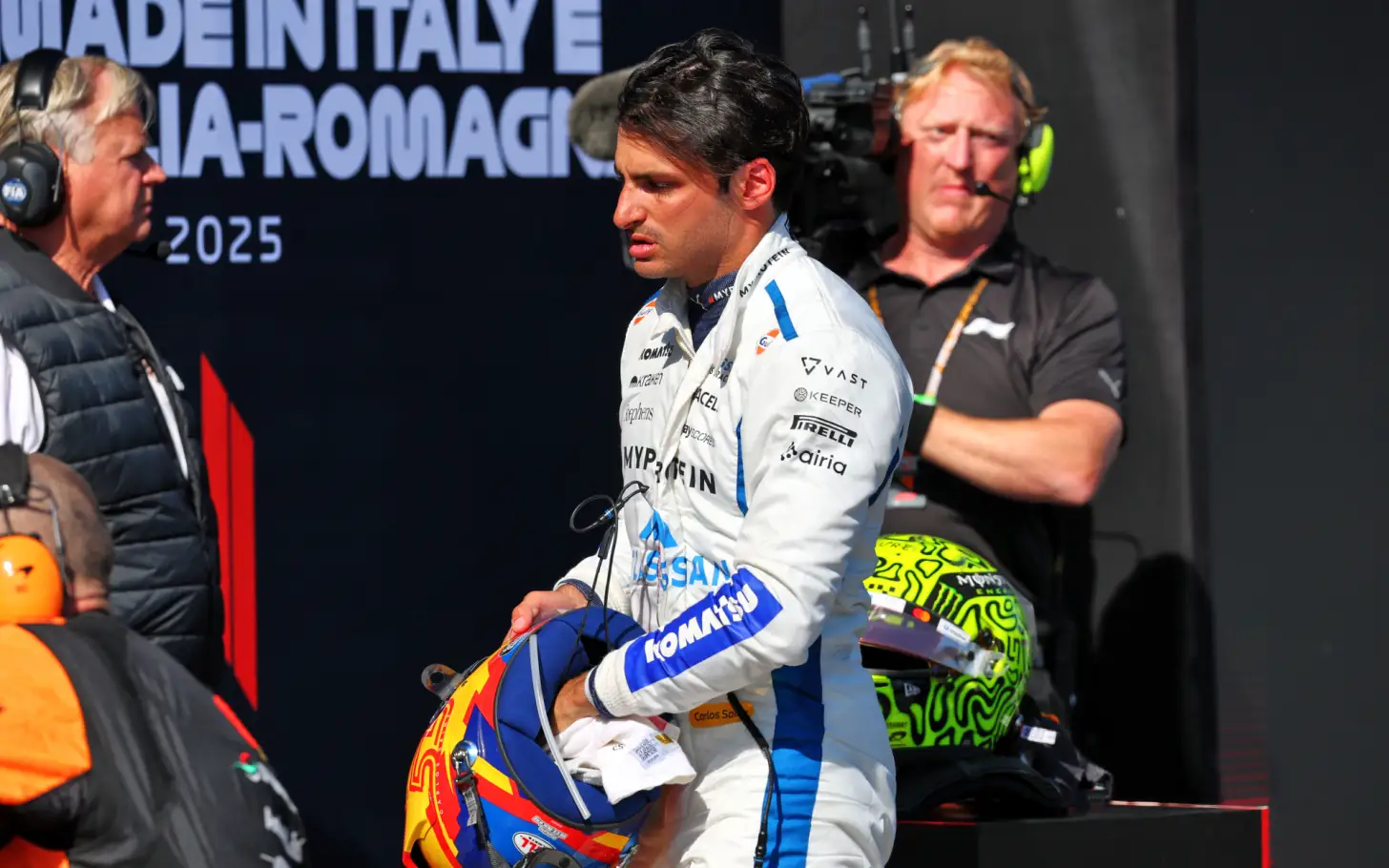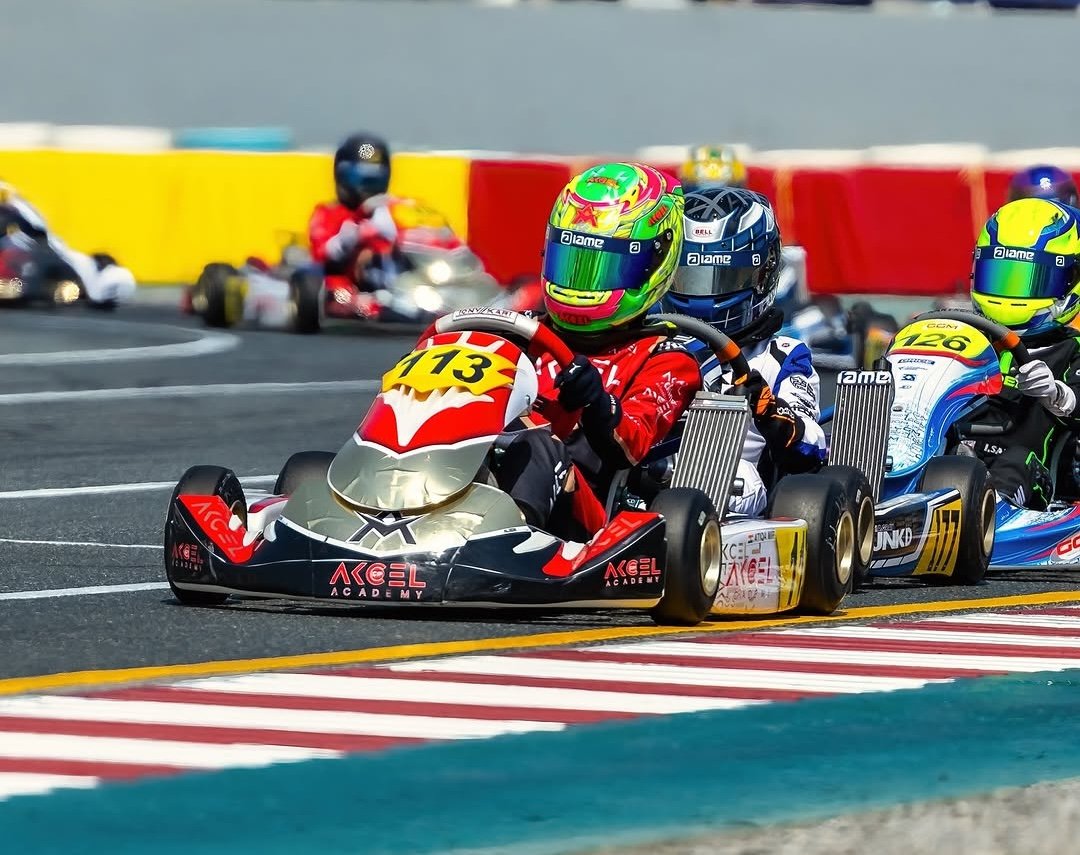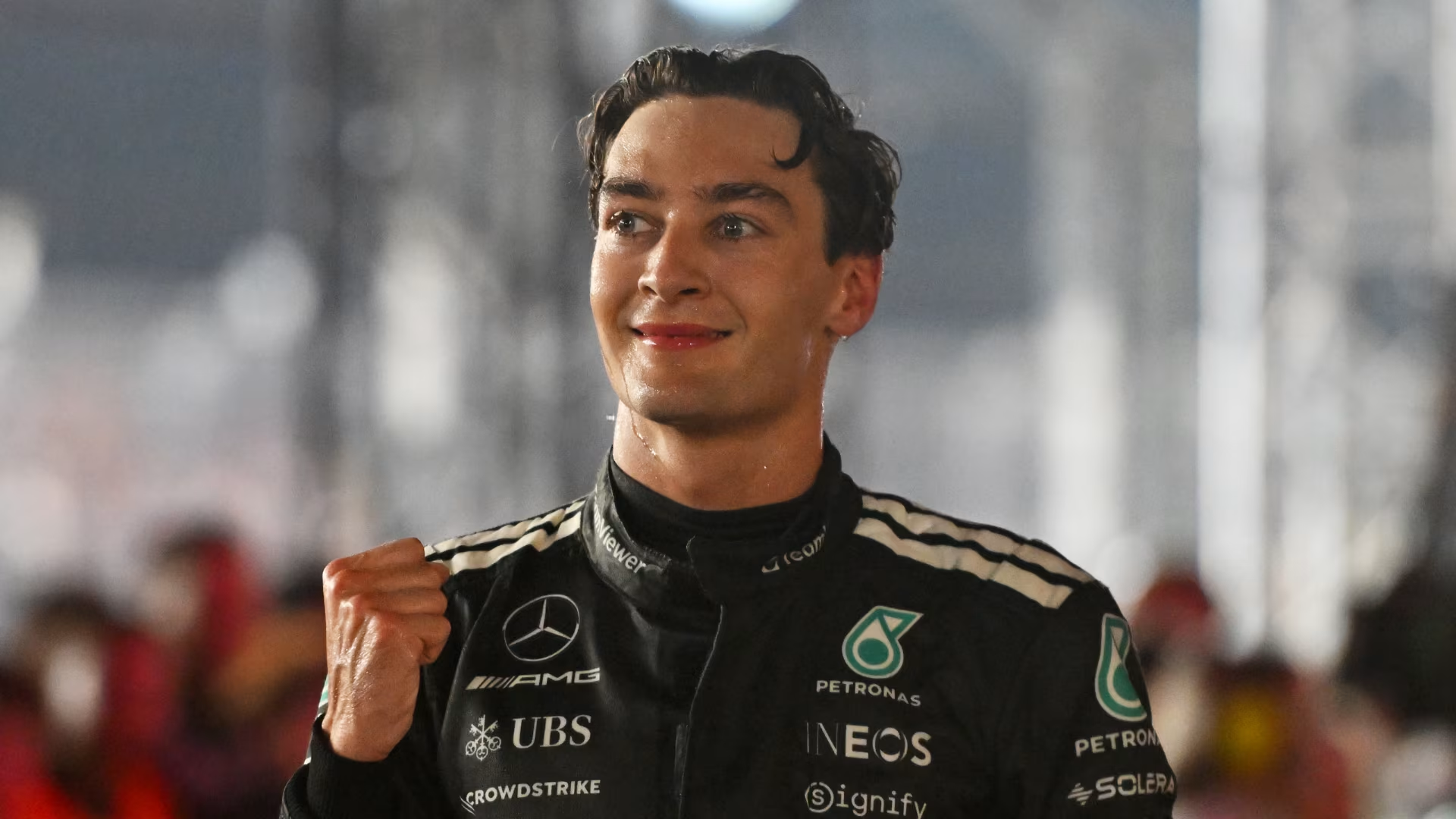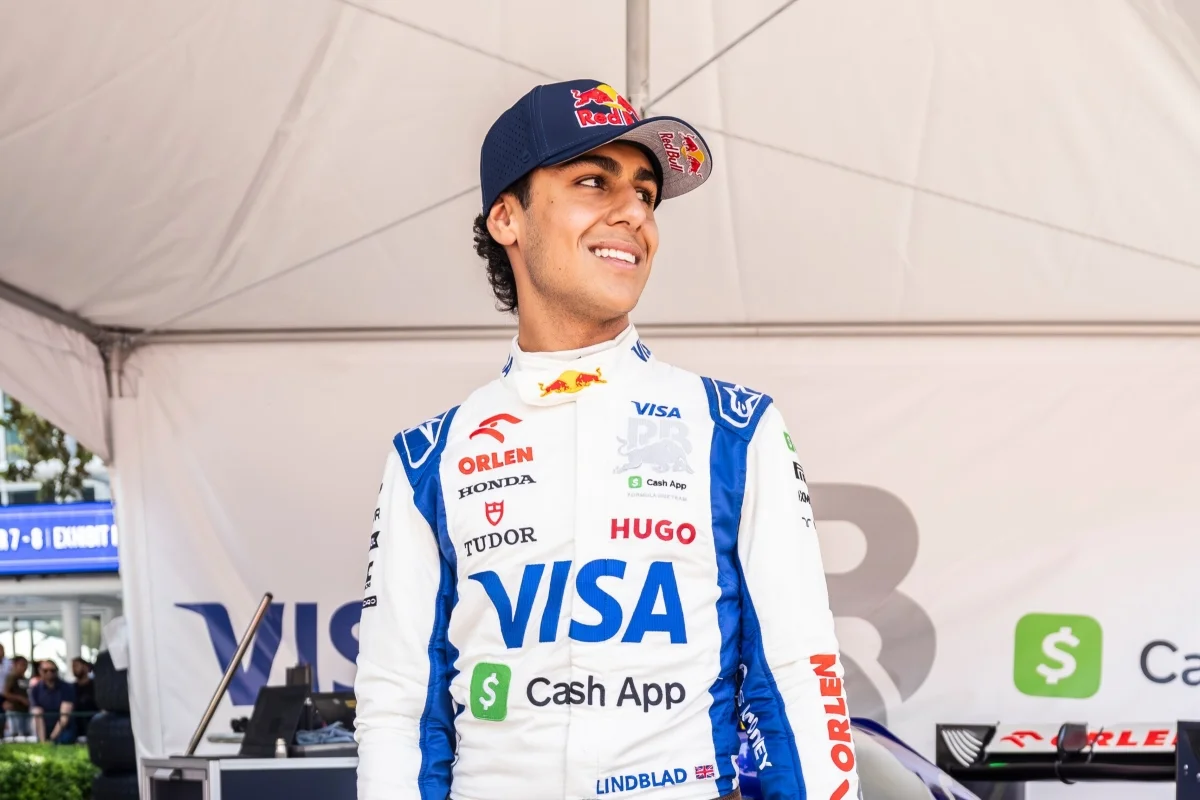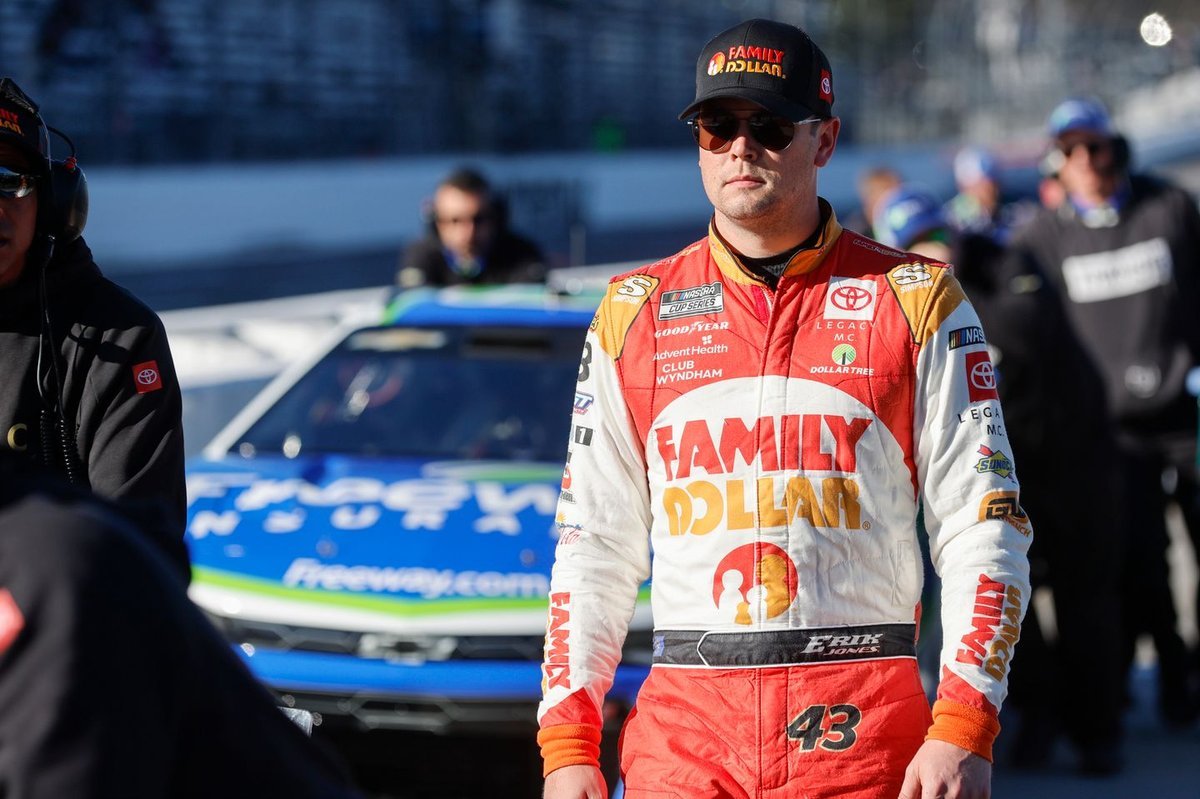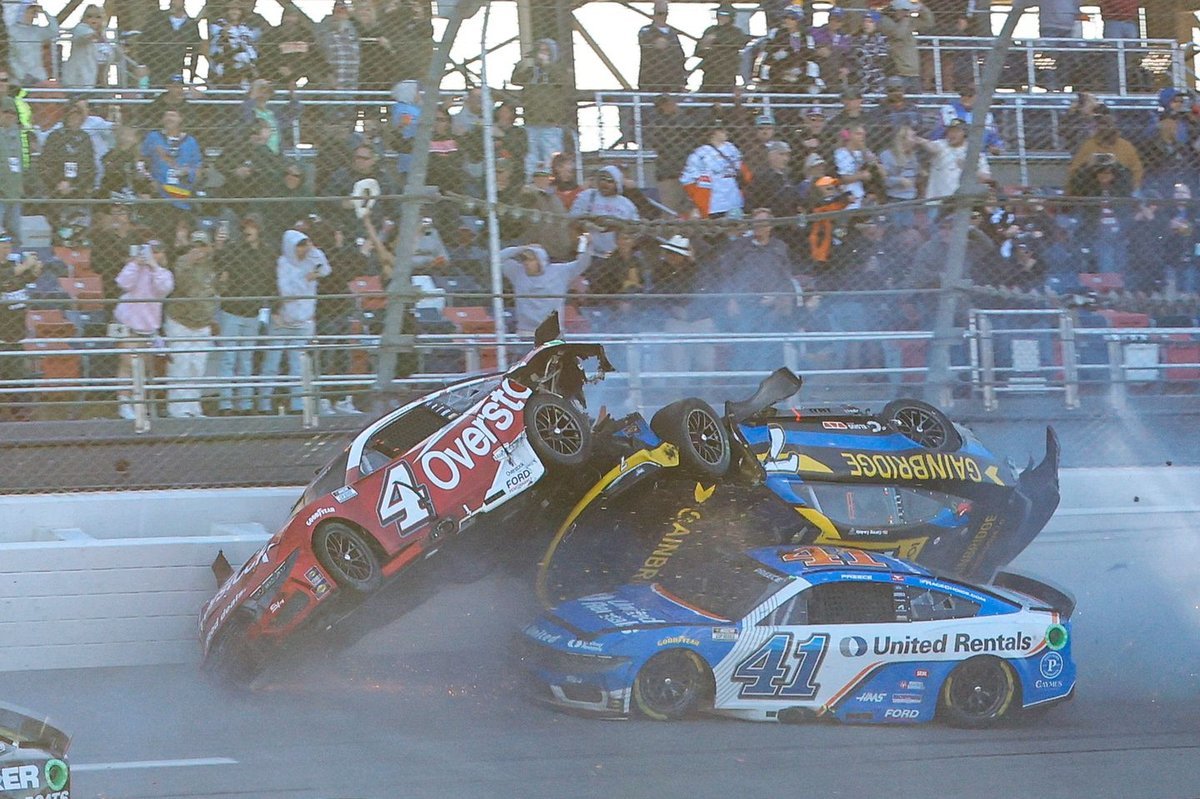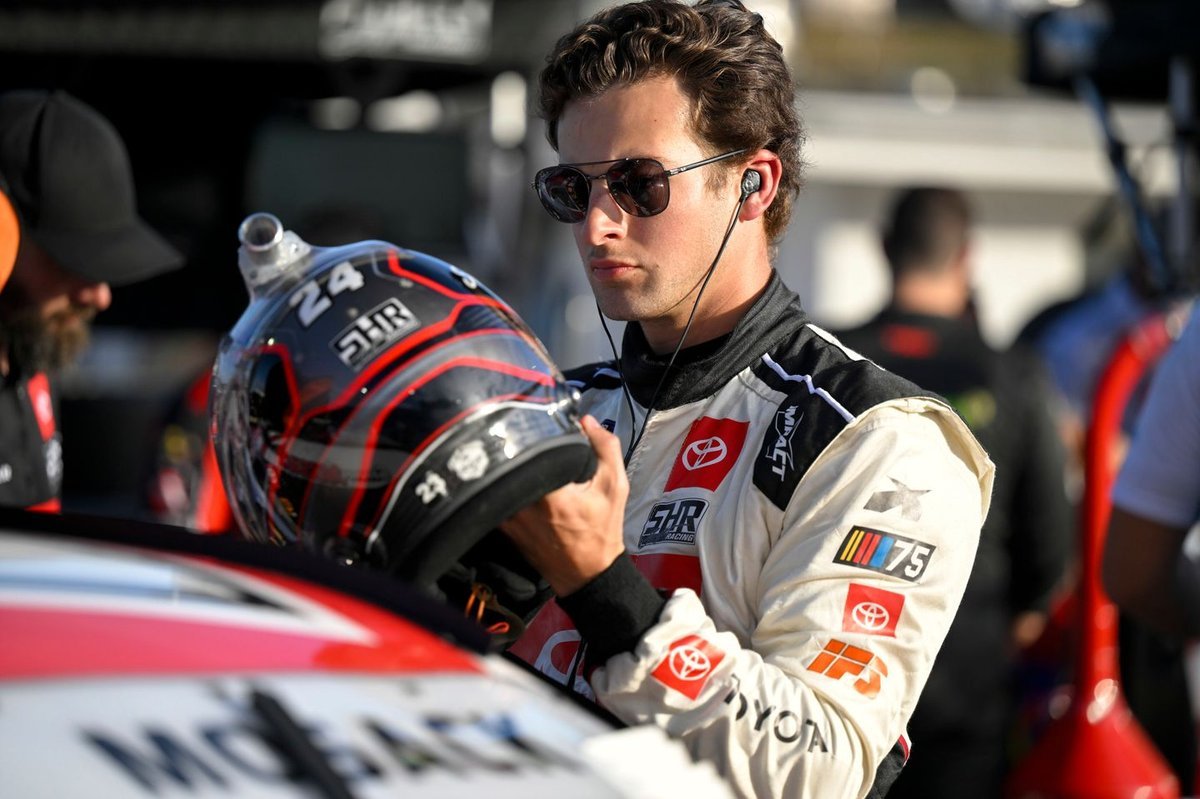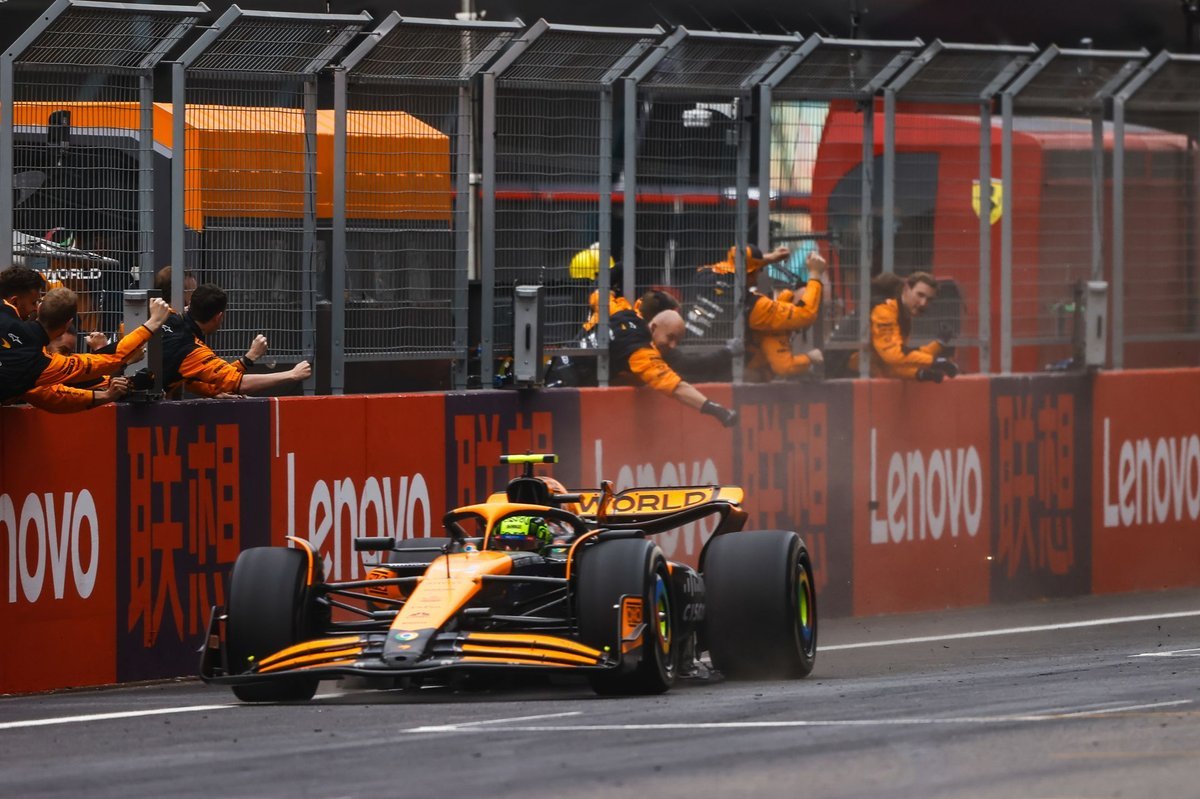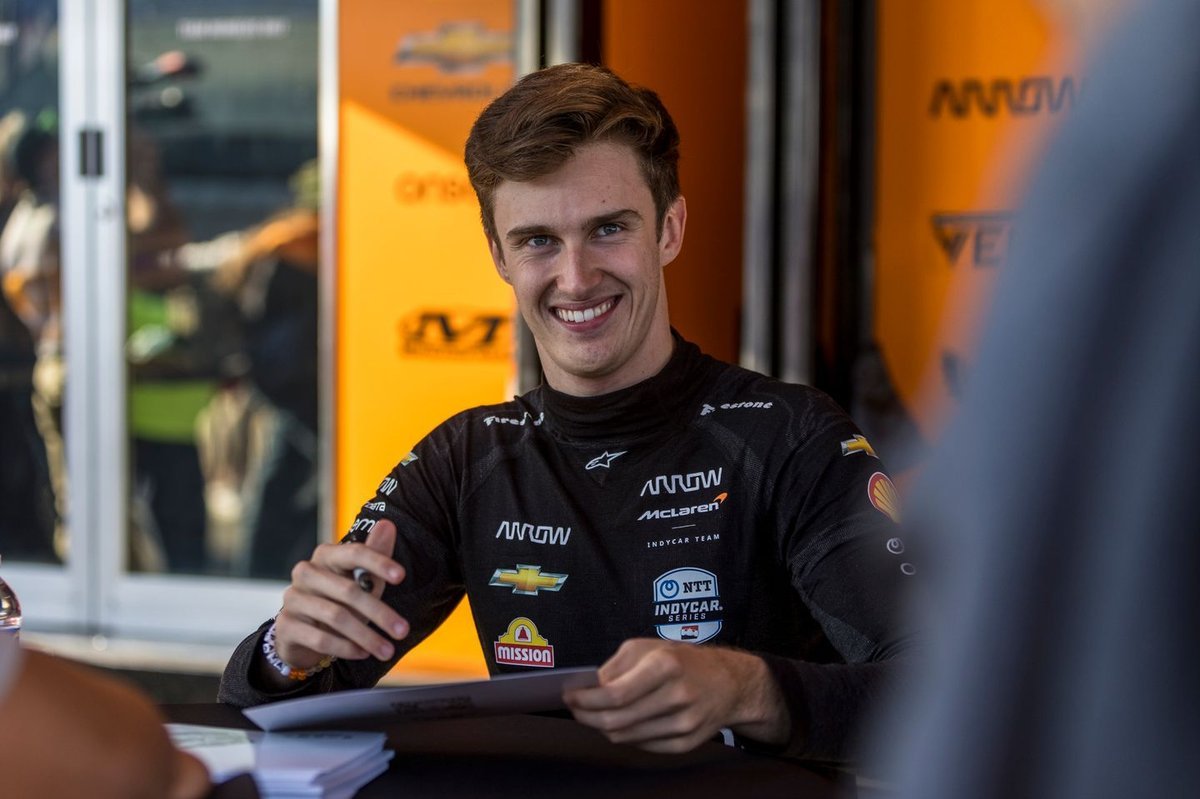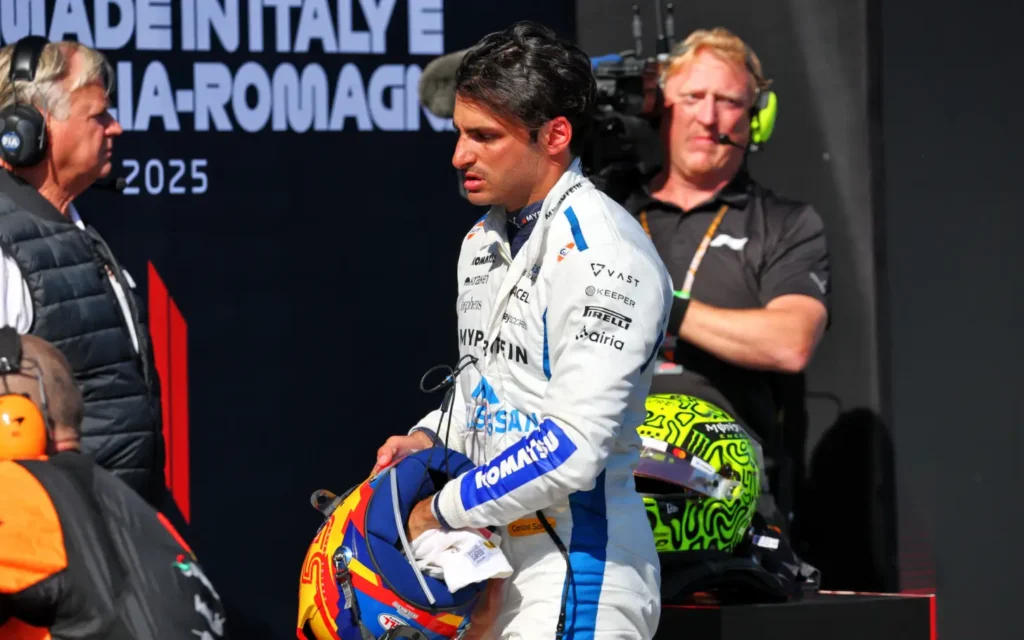
Carlos Sainz Emilia-Romagna Grand Prix drama exposes Williams F1 team strategy flaws, F1 strategy mistakes, Sainz vs Ferrari performance & pit stop decisions.
The Emilia-Romagna Grand Prix at Imola was filled with plot twists, especially for Carlos Sainz, who found himself stuck in the middle of what many are calling one of the most frustrating Formula 1 race decisions of the season. Starting strong from sixth, Sainz’s race strategy took an unexpected and almost reckless detour when a sudden pit stop call from his engineer pushed him into a situation he nearly refused to accept. Yes, Carlos Sainz almost disobeyed his team — and he had every reason to consider it.
But what really happened at Imola? Why did a driver of Sainz’s caliber find himself questioning his team’s choices, and how did this affect the broader picture of Williams Racing team orders, midfield battles, and his ongoing rivalry with Ferrari’s Charles Leclerc?
Let’s dive deep into this Imola drama and uncover the details, the strategy blunders, and the growing tension that could shape the upcoming F1 2025 driver reactions.
Table of Contents
| Sr# | Headings |
|---|---|
| 1 | Carlos Sainz at Imola: A Strong Start Undone |
| 2 | The Pit Stop That Changed Everything |
| 3 | A Call Too Soon: The Frustrating Order |
| 4 | Carlos Sainz Speaks Out: A Near Disobedience |
| 5 | Team Communication Breakdown |
| 6 | Comparing Performances: Sainz vs Albon |
| 7 | Virtual Safety Car: Blessing for Some, Curse for Others |
| 8 | Frustration in Motorsports: Lessons for Williams |
| 9 | Sainz vs Ferrari: The Battle Continues |
| 10 | Race Strategies at Imola: What Went Wrong |
| 11 | F1 Strategy Mistakes and Missed Opportunities |
| 12 | The Midfield Mayhem: Losing Ground |
| 13 | Williams F1 Team Strategy: A Rethink Needed? |
| 14 | Looking Ahead: F1 2025 and Beyond |
| 15 | Conclusion: Learning from Imola’s Mistakes |
Carlos Sainz at Imola: A Strong Start Undone
Starting sixth on the grid at the Emilia-Romagna Grand Prix, Carlos Sainz looked set to fight for a solid top-five finish — maybe even more. His pace was strong, and the track conditions at Imola were relatively stable. Everything pointed towards a one-stop strategy being the safest and most effective approach.
But in Formula 1, nothing stays simple for long. Strategy is like a chess game at 200 mph, and one wrong move can set the entire plan crashing down.
The Pit Stop That Changed Everything
On Lap 11, Sainz received an unexpected call from his race engineer Gaeten Jago to box for hard tyres. That move effectively locked him into a two-stop strategy, contrasting with drivers like Max Verstappen, Lando Norris, and even Alex Albon, who extended their stints in hopes of capitalizing on a Virtual Safety Car (VSC) or a full Safety Car.
Sainz, although hesitant, followed the order — but not without doubt.
A Call Too Soon: The Frustrating Order
This early stop turned out to be a strategic misfire. Dropping back into midfield traffic, Sainz found himself battling cars he should’ve been ahead of. Meanwhile, the one-stoppers — those who waited — got a free pit stop when a Virtual Safety Car came out for Esteban Ocon’s incident and later a full Safety Car following Kimi Antonelli’s crash.
It was like watching a runner trip at the final bend while the rest cruise to the finish line.
Carlos Sainz Speaks Out: A Near Disobedience
After the race, Sainz didn’t hold back. He admitted he almost didn’t follow the order:
“If I’m honest, pitting so early was never in the plan. There was no warning, and when the call came, I was very close to not boxing and disobeying.”
It wasn’t about rebellion. It was about instinct, experience, and recognizing that something didn’t feel right. But in the heat of a Grand Prix, trust in the team’s information usually trumps gut feeling — and this time, that trust backfired.
Team Communication Breakdown
The incident raised an important issue: motorsport communication challenges. In an environment where milliseconds matter, the lack of clarity between driver and pit wall can ruin a race.
Sainz stressed the need to “improve the way we understand each other on Sundays.” It’s not about blaming one side — it’s about building a connection where strategy, performance, and timing flow together seamlessly.
Comparing Performances: Sainz vs Albon
Here’s where the frustration stings. Alex Albon, Sainz’s teammate, ran the ideal one-stop strategy and finished fifth, even suggesting that a podium was within reach. Meanwhile, Sainz ended up in eighth, despite arguably having better race pace.
It’s like watching someone else win with your playbook. For Sainz, the comparisons couldn’t be ignored.
Virtual Safety Car: Blessing for Some, Curse for Others
The Virtual Safety Car advantages favored the late-stoppers. It was a perfect example of how Formula 1 race decisions sometimes hinge not just on speed, but on timing and patience. Those who stayed out longer — whether by choice or instinct — were rewarded.
For Sainz, his early stop left him vulnerable to exactly this kind of twist.
Frustration in Motorsports: Lessons for Williams
This isn’t just about Sainz. It’s about a wider issue with the Williams F1 team strategy. When your driver is visibly quicker than his rivals but finishes behind them due to a tactical error, it raises red flags.
In Formula 1, strategy is everything — and Williams must learn to refine theirs if they want to climb higher in the constructors’ table.
Sainz vs Ferrari: The Battle Continues
Adding another layer of spice is the Sainz vs Leclerc rivalry. At Imola, Sainz claimed Williams were quicker than Ferrari, not just here but also back in Miami. Yet both times, Ferrari came out ahead on points.
This ongoing comparison will only fuel speculation as we inch closer to the F1 2025 driver line-up changes and possible team shifts.
Race Strategies at Imola: What Went Wrong
Imola is a track where track position is king. Once you fall into traffic, overtaking becomes an uphill battle. Sainz’s early stop forced him to spend precious laps stuck behind slower cars, ruining his rhythm.
The decision lacked foresight — or at least, a Plan B.
F1 Strategy Mistakes and Missed Opportunities
The story of Sainz at Imola is a classic example of F1 strategy mistakes. In a sport where decisions are made on the fly, sometimes the wrong gamble can cost you big.
What makes this sting more is that Sainz saw it coming — but followed the team anyway.
The Midfield Mayhem: Losing Ground
The midfield is a battlefield. One bad move, and you’re swallowed by the pack. Sainz dropped into the likes of Oscar Piastri, George Russell, and Charles Leclerc, all fighting tooth and nail.
With the dirty air and tyre management challenges, climbing back up became nearly impossible.
Williams F1 Team Strategy: A Rethink Needed?
Williams is showing promise this season — no doubt. But races like Imola reveal they still have lessons to learn. It’s not just about car performance anymore; it’s about smart, calculated, flexible Formula 1 race decisions.
One wrong call can undo a weekend’s worth of hard work.
Looking Ahead: F1 2025 and Beyond
As the grid looks ahead to F1 2025, moments like this will shape team decisions, driver confidence, and perhaps even contracts. Sainz is a driver who wants more — and he deserves a team that aligns with his vision on race day.
Could Williams lose him if the frustrations continue? Only time will tell.
Conclusion: Learning from Imola’s Mistakes
The Carlos Sainz Emilia-Romagna Grand Prix story is one of missed opportunities, strategy mistakes, and growing frustrations. Yet, it also offers hope. Sainz remains committed, vocal, and eager to improve.
If Williams can tighten up their decision-making and listen more closely to the instincts of their drivers, this team could turn frustration into podiums.
After all, in Formula 1, the road to victory is paved not just with speed — but with trust, timing, and teamwork.
FAQs
1. Why did Carlos Sainz consider disobeying his team’s pit order at Imola?
Sainz felt the call to pit came too early and feared it would ruin his race. He trusted the team but later revealed he was seconds away from ignoring the order.
2. How did the early pit stop affect Carlos Sainz’s race result?
It dropped him into heavy midfield traffic, making it difficult to overtake and ultimately costing him several positions, resulting in an eighth-place finish.
3. What advantage did drivers like Albon have with the Virtual Safety Car?
They stayed out longer, allowing them to pit under safer conditions, saving time and gaining positions — a key benefit from the Virtual Safety Car advantage.
4. How did Carlos Sainz compare to his teammate Alex Albon at Imola?
While Sainz had strong pace, Albon’s smarter one-stop strategy helped him finish fifth — three places ahead of Sainz, despite starting behind.
5. What can Williams learn from the Emilia-Romagna Grand Prix strategy blunder?
Williams needs to improve real-time communication, evaluate risk better, and trust driver instincts more to avoid repeating such costly F1 strategy mistakes.
4o

